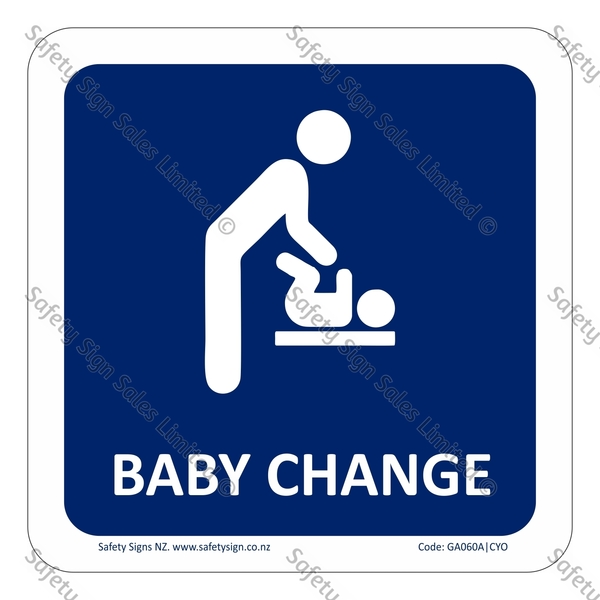
Many caregivers don't realize that car seats have expiration dates. She’ll stay in the booster until sometime between the ages of 8 and 12 - again, depending on her height and weight - before finally sitting in the back seat with a seat belt, recommends the AAP.

That said, here are some general rules of thumb to keep in mind from the American Academy of Pediatrics (AAP): To find your seat’s height or weight limit, check the seat’s tag or manufacturer’s instructions. A seat that’s too small won’t adequately protect her in the event of a crash. “Upgrading” a car seat usually means moving up to a style meant to accommodate a bigger, older child. Once your child has hit the maximum height or weight for her seat (whichever comes first), it’s time for a new one. Your child has reached either the height OR weight limit on their car seat
BABY CHANGE SIGNAGE UPGRADE
So when should you make the move from one seat to the next, and what other car seat change-up scenarios should you be keeping in mind? If any of the following apply to your child’s car seat, it’s time for an upgrade or replacement. So it’s crucial to make sure your backseat rider is in the right seat for her size, and that the seat is in tip-top shape.

In 2017, restraint use saved the lives of 325 children aged 4 and under, according to the Centers for Disease Control and Prevention (CDC).


 0 kommentar(er)
0 kommentar(er)
